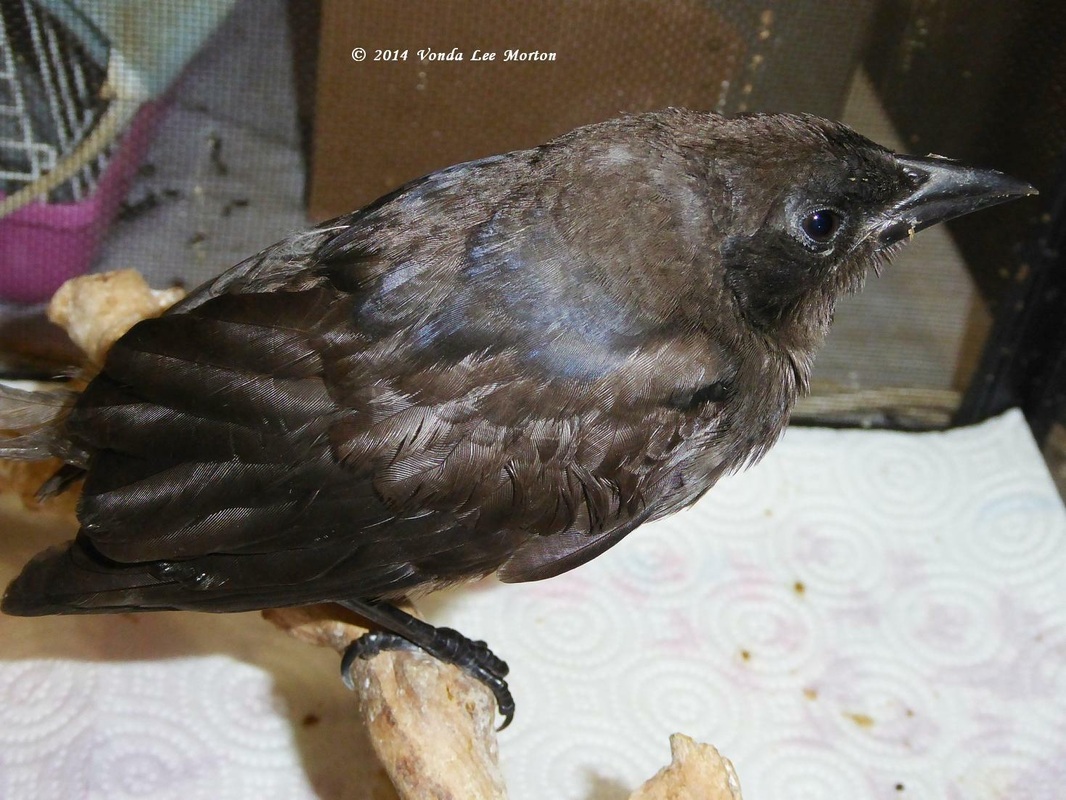Sorry y’all, it was too good a header to resist—and accurate, to boot. It doesn’t portend a depressing read, though, so stick with me!
Where to begin? The swifts were released and took off so quickly I managed nary a photo or video clip of their departure. I don’t know who was happier, me or them. I suspect me; swifts are an enormously labor- and time-intensive undertaking, and I’m glad I don’t see them often in rehab.
The cardinal with the labored breathing died within a 30-minute span between feedings early last week. His breathing had improved drastically; he was alert and active and demanding food…and then he was dead. No clue as to what happened. Adding to the general confusion, the singleton Carolina wren died overnight, although late that evening I suspected he was headed out; he’d just gotten “the look.” Experienced rehabbers know “the look”—it’s hard to describe; you just know something’s not right and all the fight’s gone. Again, no clue…
This is one of the most frustrating aspects of wildlife rehab, losing birds when there doesn’t seem to be a logical reason for it. It’s why I snort derisively when people try to flatter me with compliments like “Oh, you know so much…” Nah, y’all, as I’m fond of saying, I fly by the seat of my pants and hope like hell my britches don’t rip. I suspect any rehabber who’s honest about it will ‘fess up to the same feeling.
As I said, though, this actually wasn’t a horrid week. The possum is in outside caging now, awaiting enough growth for release. He’s totally self-feeding and still the messiest possum I’ve ever seen.
This juvenile grackle was rescued from free-roaming cats. His rescuer, whose cat is safely confined indoors, said she looked out her window to see strays batting the bird around. She retrieved him, got him to me, and liked my suggestion that she purchase or rent a humane trap and start taking all the neighborhood strays to the shelter.
I have to admit, I was so tired and sleep-deprived when this guy came in that I couldn’t decide if he was a species of blackbird or a grackle. I posted pix on Facebook for my fellow rehabbers to see and was slightly comforted by the fact that for a while, they also debated grackle versus blackbird!
Vet Jim Hobby of Smalley’s Animal Hospital saw the kite, and the first thing we noticed on the x-ray was…a pellet. Yep, the kite had been shot. The break might be fixable but until we had the infection under control, which would help bring the swelling down, as well, there was nothing Jim could do.
Of course, kites are federally protected birds, making his shooting both a state and federal crime. Even though there’s no real way to determine who shot the bird, the necessary reports were sent to both Georgia DNR and USFWS, and I’ve heard back from both agencies. They’re investigating to the fullest extent they can and while I know the odds aren’t in their favor, I still hope we have a miracle and they can find and prosecute the jackass who shot this bird.
This little girl isn’t thrilled with her current digs. She’s old enough to know human hands shouldn’t be touching her but still a wee bit too young to fly, although she tries her best. Add to that the trauma of seeing her family attacked and scattered by a snake, and you have a very unhappy little girl. Sometimes the traumatized babies settle down; sometimes they remain distrustful.
Bluebirds are such gentle little loves that I hesitated to put her in with the larger and (usually) more aggressive blue jay. But he’d settled down and accepted that I provided food, so I thought maybe the old “monkey see, monkey do” rule might work. While she still won’t gape and doesn’t want to be handled, she has calmed down a bit, and sometimes when I go in to feed them, they’re nestled companionably next to each other—but as soon as I whip out the camera, they separate! I won’t give up that easily, though—I want a photo of these two unlikely roomies!

















 RSS Feed
RSS Feed
